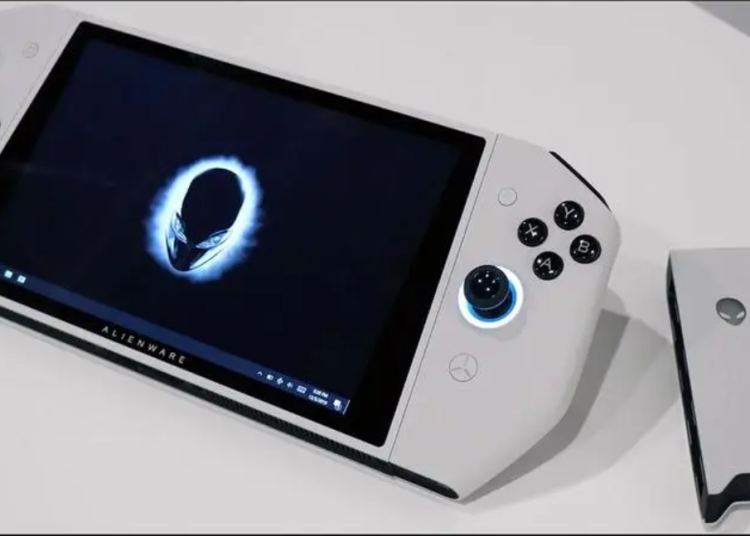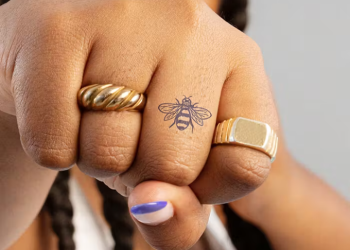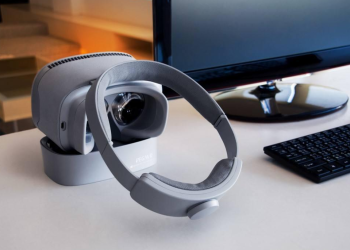Introduction to Digital Painting
Digital painting is a versatile and dynamic art form that allows artists to create stunning visual masterpieces using digital tools and techniques. From intricate illustrations to vibrant landscapes, digital painting offers endless possibilities for artistic expression and creativity.
Evolution of Digital Painting
The roots of digital painting can be traced back to the emergence of computer graphics in the mid-20th century. Early pioneers in the field explored the potential of digital technologies to simulate traditional painting techniques, laying the groundwork for the development of digital painting as a distinct art form.
Advantages of Digital Painting
One of the primary advantages of digital painting is its flexibility and versatility. Artists can experiment with different brushes, colors, and textures in a virtual environment, without the constraints of traditional mediums. Additionally, digital painting offers the ability to undo mistakes, layer artwork, and easily make revisions, enhancing the creative process.
Tools and Software for Digital Painting
Digital painting relies on specialized software and tools designed for creating and manipulating digital artwork. Popular software options include Adobe Photoshop, Corel Painter, and Procreate, each offering a unique set of features and capabilities tailored to the needs of digital artists.
Techniques and Styles in Digital Painting
Digital painting encompasses a wide range of techniques and styles, from realistic portraiture to abstract expressionism. Artists can mimic traditional painting styles or explore innovative digital techniques, such as digital collage, photomanipulation, and 3D painting.
Transitioning from Traditional to Digital
For artists accustomed to traditional painting mediums, transitioning to digital painting may seem daunting at first. However, with practice and experimentation, many artists find that digital painting offers new opportunities for exploration and creativity. Learning to navigate digital tools and software is key to mastering the medium.
Creative Process in Digital Painting
The creative process in digital painting typically begins with sketching or conceptualizing ideas, followed by the creation of a digital canvas and the application of color and texture. Artists may use a variety of digital brushes and techniques to achieve the desired effects, refining their artwork through iterative revisions and adjustments.
Challenges and Solutions
While digital painting offers many advantages, it also presents its own set of challenges. Common challenges include mastering digital tools and techniques, achieving a naturalistic feel in digital artwork, and adapting to the digital workflow. However, with perseverance and dedication, artists can overcome these challenges and unlock their full creative potential.
Famous Digital Paintings and Artists
Over the years, digital painting has produced many iconic works of art and influential artists. From concept art for blockbuster movies to digital illustrations for bestselling novels, digital painting has made a significant impact on popular culture and visual storytelling.
Impact of Digital Painting on Art and Culture
Digital painting has democratized access to art, allowing artists from diverse backgrounds to share their work with global audiences. Additionally, digital painting has expanded the boundaries of artistic expression, blurring the lines between traditional and digital mediums and inspiring new forms of creativity.
Commercialization and Opportunities
With the rise of digital platforms and online marketplaces, there are numerous opportunities for digital painters to monetize their work. From selling prints and merchandise to licensing artwork for commercial use, digital painting offers a range of avenues for artists to showcase their talent and generate income.
Community and Collaboration
Digital painting communities and collaborative platforms play a vital role in fostering creativity and collaboration among artists. These online spaces provide opportunities for artists to connect, share ideas, collaborate on projects, and receive feedback from peers and mentors.
Legal and Ethical Considerations
As digital painting continues to evolve, it raises complex legal and ethical issues surrounding copyright, ownership, and appropriation. Artists must navigate these challenges carefully to protect their intellectual property rights and ensure ethical practices in their creative endeavors.
Future Trends and Innovations
The future of digital painting holds exciting possibilities, with emerging technologies such as artificial intelligence and virtual reality poised to revolutionize the medium. From AI-generated artwork to immersive VR experiences, the intersection of technology and creativity promises to push the boundaries of digital painting in unprecedented ways.
Conclusion
Digital painting represents a dynamic and evolving medium that continues to push the boundaries of artistic expression. From its humble beginnings in computer graphics to its current status as a mainstream art form, digital painting has transformed the way we create, share, and experience art. As technology continues to advance, the future of digital painting holds boundless opportunities for innovation and creativity.

FAQs After The Conclusion:
- Do I need expensive equipment to start digital painting?While professional-grade equipment can enhance the digital painting experience, there are many affordable options available for beginners, including digital tablets and styluses. What’s most important is practice and dedication to mastering the craft.
- Can digital paintings be printed and displayed like traditional artwork?Yes, digital paintings can be printed on various mediums, including canvas, paper, and metal, and displayed like traditional artwork. High-quality printing techniques ensure that digital paintings retain their vibrancy and detail when reproduced.
- Is digital painting easier than traditional painting?Digital painting offers certain advantages over traditional painting, such as the ability to undo mistakes and easily make revisions. However, mastering digital tools and techniques requires practice and dedication, much like traditional painting.
- Can I sell my digital paintings online?Yes, there are many online platforms and marketplaces where digital artists can sell their work, including websites like Etsy, Society6, and Redbubble. Artists can also create their own online stores or sell digital downloads of their artwork.
- How can I improve my digital painting skills?Improving digital painting skills requires practice, experimentation, and continued learning. Taking online courses, studying tutorials, and seeking feedback from peers and mentors can help artists hone their skills and develop their own unique style.
- What is the difference between digital painting and digital illustration?While both digital painting and digital illustration involve creating artwork digitally, they differ in terms of style and technique. Digital painting typically focuses on creating realistic or painterly effects, while digital illustration often emphasizes stylized and graphic elements.
- Can I use reference images in my digital paintings?Yes, using reference images is a common practice in digital painting and can help artists accurately depict subjects and scenes. However, it’s important to respect copyright and obtain permission when using copyrighted images as references.
- Are there online communities for digital painters to connect with other artists?Yes, there are numerous online communities and forums dedicated to digital painting, where artists can share their work, participate in challenges and competitions, and connect with fellow enthusiasts. These communities provide valuable support and inspiration for artists at all skill levels.















